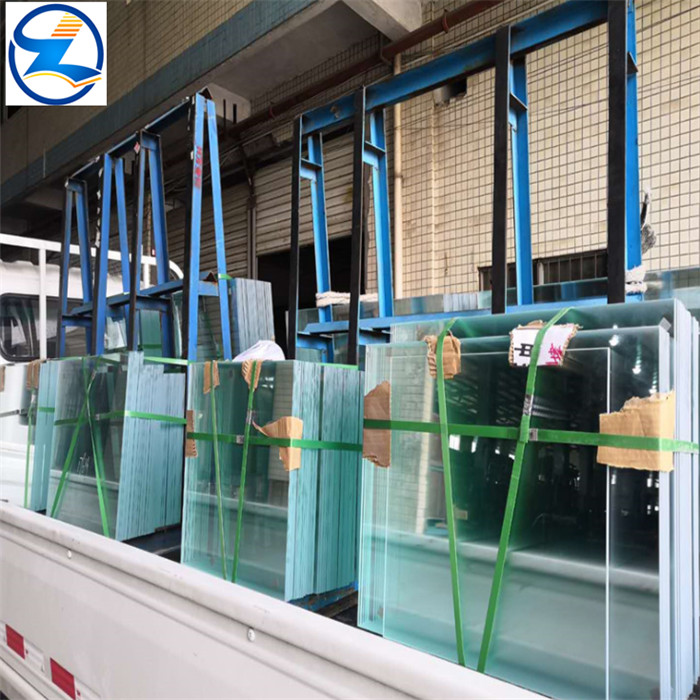Post Time:Nov 24,2020Classify:VIP NewsView:555

In 2020 and 2019, the float industry will show a "V"-shaped reversal. Even in the off-season, the volume and price are not low. The main reason is that the demand for completion in 2019 has entered a centralized release cycle. The supply-side policy prohibits new production lines and serious capacity replacement. In fact, float glass has entered a non-capacity expansion cycle.
The high kiln age production line has become a "rolling control valve": It is estimated that after 2016, the production capacity of float glass will basically maintain at around 900 million heavy boxes. At the current time, there are 79 high kiln production lines that have been put into operation before 2013 and have not been cold repaired. The total production capacity is 52,000 tons/day, accounting for about 32% of the current production capacity, far exceeding the 14,000 tons/day capacity of 26 effective cold repair lines (including indicator sales and auctions).
The high kiln age production line has become a "rolling control valve": It is estimated that after 2016, the production capacity of float glass will basically maintain at around 900 million heavy boxes. At the current time, there are 79 high kiln production lines that have been put into operation before 2013 and have not been cold repaired. The total production capacity is 52,000 tons/day, accounting for about 32% of the current production capacity, far exceeding the 14,000 tons/day capacity of 26 effective cold repair lines (including indicator sales and auctions).
Among them, mainstream 3.2mm photovoltaic glass rose from a low of 24 yuan/flat in the first half of the year to 42-45 yuan/flat in mid-November. In 2021, the supply of photovoltaic glass will continue to be in short supply, or some ultra-white float production lines will be transferred to photovoltaic module backsheets. According to industry association data, it is estimated that 9 float production lines may be converted to photovoltaic grades in 2021, and the total supply will reach 5700t/d, which will effectively alleviate the supply pressure of photovoltaic glass, but on the contrary amplify the contradiction between the supply and demand of float glass: estimated construction in 2021 The supply gap with float glass is about 64 million boxes/year, accounting for about 6.8% of the expected total flat glass output in 2020.
If some ultra-white floats are converted to photovoltaic module backsheets in 2021, the supply gap of original float films for construction will be enlarged, which will continue to increase the volume and price flexibility of floats, and the converted photovoltaic module backsheets will also significantly thicken leading companies Performance.
Source: 1Author: 1
PrevBeverage Packaging Market Size to Grow by $35.42 Billion Amid Recession
STAPHIRE Ultra-Clear glass provides pristine ocean views at Asbury Ocean ClubNext